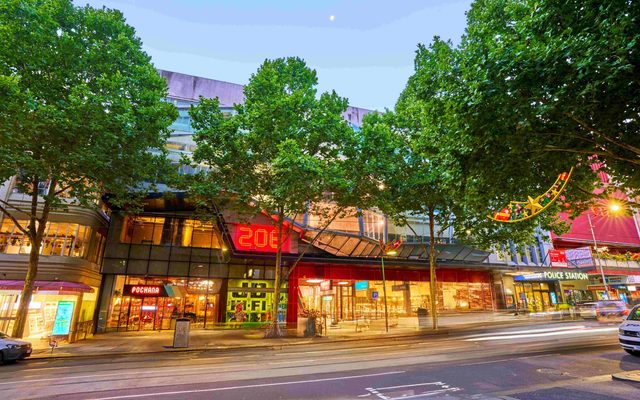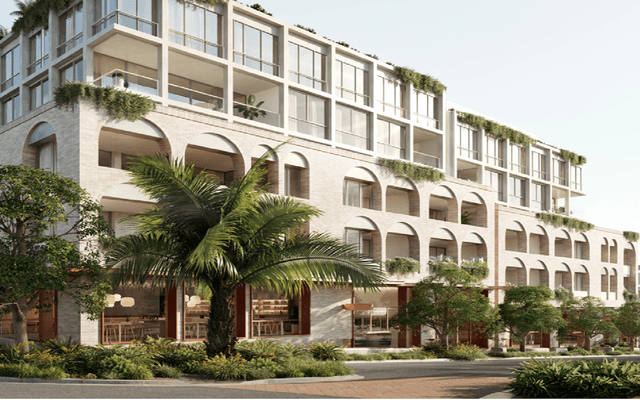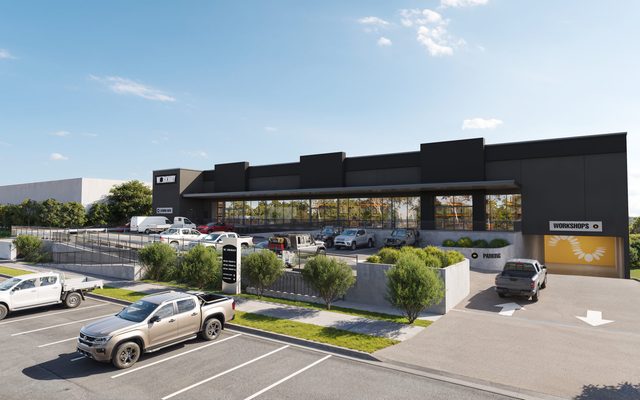This article is from the Australian Property Journal archive
DATA centres have surged up the list of preferred Australian property asset classes for lender funding following Blackstone’s blockbuster $24 billion acquisition of AirTrunk.
CBRE’s new Australia Lender Sentiment Survey shows data centres have leapfrogged into third position as the most preferred sector for investment, behind only industrial and build-to-sell assets, as local and offshore lenders reassess their exposures.
The survey tapped mix of 40 local and international banks and non-bank lenders for just prior to last week’s decision by the Reserve Bank to again keep the cash rate on hold.
Strong fundamentals held Australian industrial assets in top place again for attracting the highest lender interest (more than 70% for top two responses). Residential assets are in focus amid a severe housing shortage, with the build-to-sell sector coming in at second – although build-to-rent declined again.
Data centres experienced the largest half-on-half increase of all the sectors, rising to 20%.
CBRE’s managing director of debt and structured finance, Andrew McCasker, said investment interest in data-centre assets has increased substantially following a rise in data storage requirements, cloud computing and technological advancements.
Rising the wave, ASX-listed Macquarie Technology Group has just secured a $450 million refinancing for its data centre portfolio expansion.
Darcy Frawley, CBRE Pacific data centres capital markets director, said, “Occupiers are now competing aggressively to increase their data centre footprint to accommodate future business needs.
“Australia is set to see a large gap between capacity and demand in the medium-term, which will lead to significant rental growth and make the sector even more appealing for data centre investors.”
Industrial property giant Goodman Group is orienting its development workbook towards data centres as demand moderates in other sectors.
Meanwhile, more than 80% of lenders expect at least one rate cut by June, and nearly one-third expect the cash rate will tighten to 3.6% by the end of 2025, representing 75 basis points of cuts. Official forecasts among the major Australian banks range from rates sitting at 3.10%, 3.35% and 3.60%.
Loan appetite has remained consistent with levels in the first half of 2024, with 60% of lenders noting an increase in new loan appetite over the next three months.
Most lenders (73%) expect little change in covenant breaches over the previous six months, with the same amount expecting little change over the next six months.
Covenant breach expectations have materially stagnated from the first half, when 43% of lenders expected breaches to increase over H2. CBRE attributed this to stabilising macro-economic and sector-based performance across the country.
For build-to-sell construction lending, 40% of respondents said they require at least two-thirds of the debt component of construction finance to be covered through pre-sales.
Lenders noted leverage and asset type as two key variables that are impacting refinancing decisions in the second half of 2024.
“Lenders, when making refinancing decision, are more conscious of the pronounced risks associated with certain asset classes in the current environment,” the report said. Asset performance metrics of vacancy and weighted average lease expiry declined in noted impact over the half, ranking fifth (23%) and sixth (20%) respectively.
Location and asset grade were in equal third, at 28%, while environmental credentials was at 5%.




